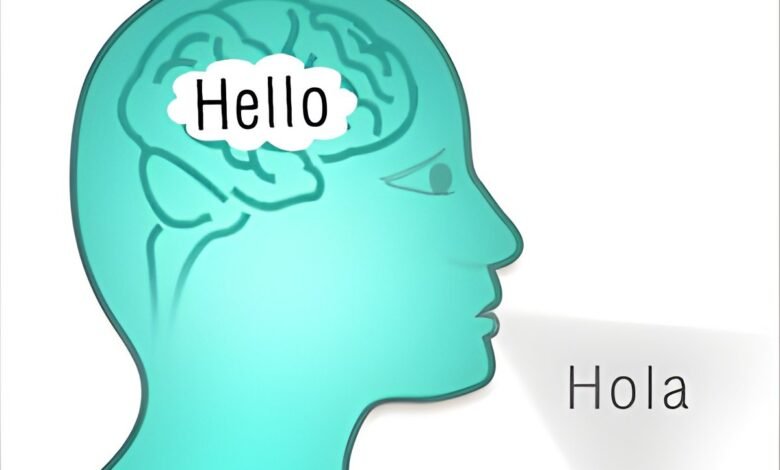Early Development and Lifelong Skills!

Understanding early language development’s impact on later skills sheds light on its link to neurodevelopmental conditions such as Attention-Deficit/Hyperactivity Disorder (ADHD) and Autism Spectrum Disorder (ASD) (1✔ ✔Trusted Source
Genome-wide Analyses of Vocabulary Size in Infancy and Toddlerhood: Associations With Attention-Deficit/Hyperactivity Disorder, Literacy, and Cognition-Related Traits
).
Children typically start to utter their first words between 10 and 15 months of age. At around two years of age, they may produce between 100 – 600 words, and understand many more. Each child embarks on its own developmental path of language learning, resulting in large individual differences.
From Babble to Brilliance
“Some variation in language development can be related to variation in the genetic code stored in our cells”, says senior researcher Beate St Pourcain, lead scientist on the study.
#language #reading #neurodevelopmentaldisorders
’
To understand how genetics plays a role in the development of children’s word production and understanding, the team carried out a genome-wide meta-analysis study (GWAS) of infant (15-18 months) and toddler (24-38 months) vocabulary size.
In early measures of vocabulary size, parents report which words their children say and/or understand from a given word list.
Did You Know?
Babies start recognizing language patterns while still in the womb. They can distinguish their native language from others based on rhythmic patterns and intonations.
The team used vocabulary and genetic data from 17,298 English-, Danish- or Dutch-speaking children. The number of spoken words was available for both infants and toddlers.
The number of understood words was only available for toddlers. Later-life outcomes were mostly studied with genetic summary information from large independent consortia.
These included literacy (spelling, reading, and phoneme awareness), cognition (general intelligence and number of years of education), and neurodevelopmental conditions (genetic risk of ADHD and ASD, as well as directly observed ADHD-related symptoms in some of the studied children).
“Learning to speak” and “Speaking to learn”
The researchers identified multiple genetic factors underlying vocabulary size in infancy and toddlerhood. Consistently, genetic associations with later-life literacy, cognition, and ADHD-related measures varied during development.
Advertisement
Both infant and toddler word production were related to literacy abilities such as spelling, but associations with general cognition were only found for toddler vocabulary scores.
Toddlers have mastered some language fluency and may “speak to learn”, involving higher-level cognitive processing, while the development of verbal abilities may start earlier.
Advertisement
The team also found that in infancy, a larger number of spoken words was genetically associated with both an increased risk for ADHD and more ADHD symptoms.
However, this genetic relationship was reversed in toddlerhood: there, a smaller number of understood words was associated with more ADHD symptoms.
It is possible that in infancy when children are “learning to speak”, the number of spoken words captures speech-related processes. Also, children with a higher genetic risk of ADHD may be inclined to express themselves more.
In contrast, during the phase of “speaking to learn” when vocabulary size is linked to cognition, higher genetic ADHD risk may be associated with lower verbal and cognitive abilities.
According to St Pourcain, “Genetic influences underlying vocabulary size rapidly change across less than two years during infancy and toddlerhood. Adopting a developmental perspective, our findings provide a better understanding of early speech- and language-related aetiological processes in health and disorder.”
First author Ellen Verhoef adds: “This research indicates the relevance of vocabulary size assessed during the first few years in life for future behavior and cognition, emphasizing the need for more data collection efforts during infancy and toddlerhood.”
Reference:
- Genome-wide Analyses of Vocabulary Size in Infancy and Toddlerhood: Associations With Attention-Deficit/Hyperactivity Disorder, Literacy, and Cognition-Related Traits
– (http://dx.doi.org/10.1016/j.biopsych.2023.11.025)
Source-Eurekalert
Source link
#Early #Development #Lifelong #Skills



